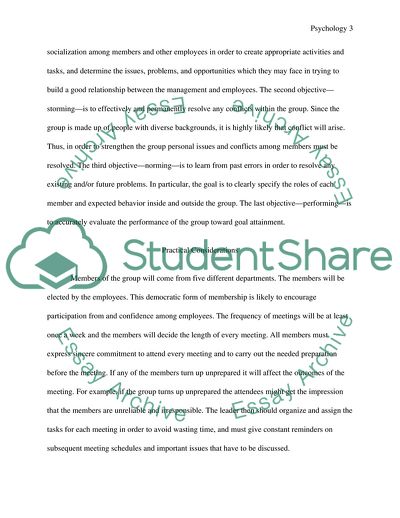Cite this document
(Building a Group Among a Highly Diverse Workforce Research Proposal, n.d.)
Building a Group Among a Highly Diverse Workforce Research Proposal. https://studentshare.org/psychology/1777994-how-to-make-a-co-wokers-work-together-or-how-to-become-a-better-leader
Building a Group Among a Highly Diverse Workforce Research Proposal. https://studentshare.org/psychology/1777994-how-to-make-a-co-wokers-work-together-or-how-to-become-a-better-leader
(Building a Group Among a Highly Diverse Workforce Research Proposal)
Building a Group Among a Highly Diverse Workforce Research Proposal. https://studentshare.org/psychology/1777994-how-to-make-a-co-wokers-work-together-or-how-to-become-a-better-leader.
Building a Group Among a Highly Diverse Workforce Research Proposal. https://studentshare.org/psychology/1777994-how-to-make-a-co-wokers-work-together-or-how-to-become-a-better-leader.
“Building a Group Among a Highly Diverse Workforce Research Proposal”. https://studentshare.org/psychology/1777994-how-to-make-a-co-wokers-work-together-or-how-to-become-a-better-leader.


